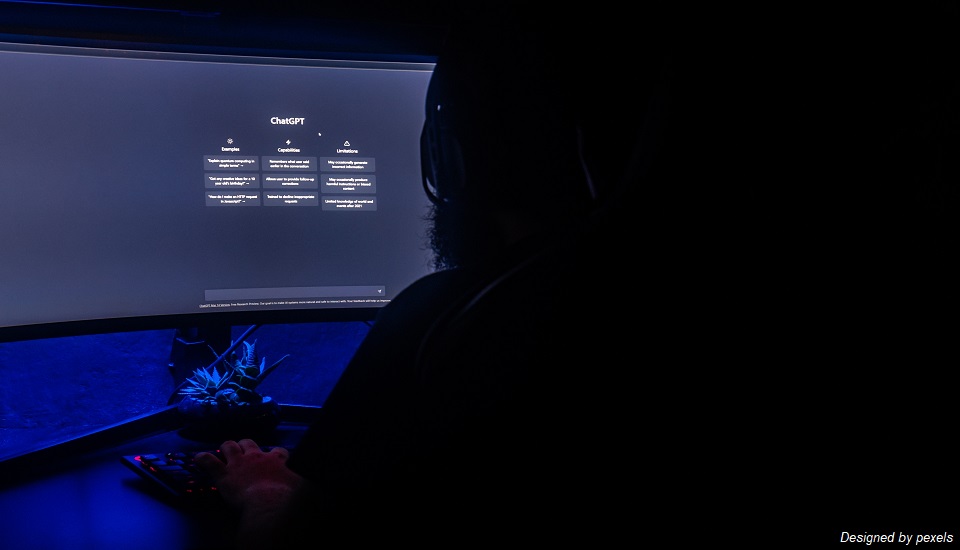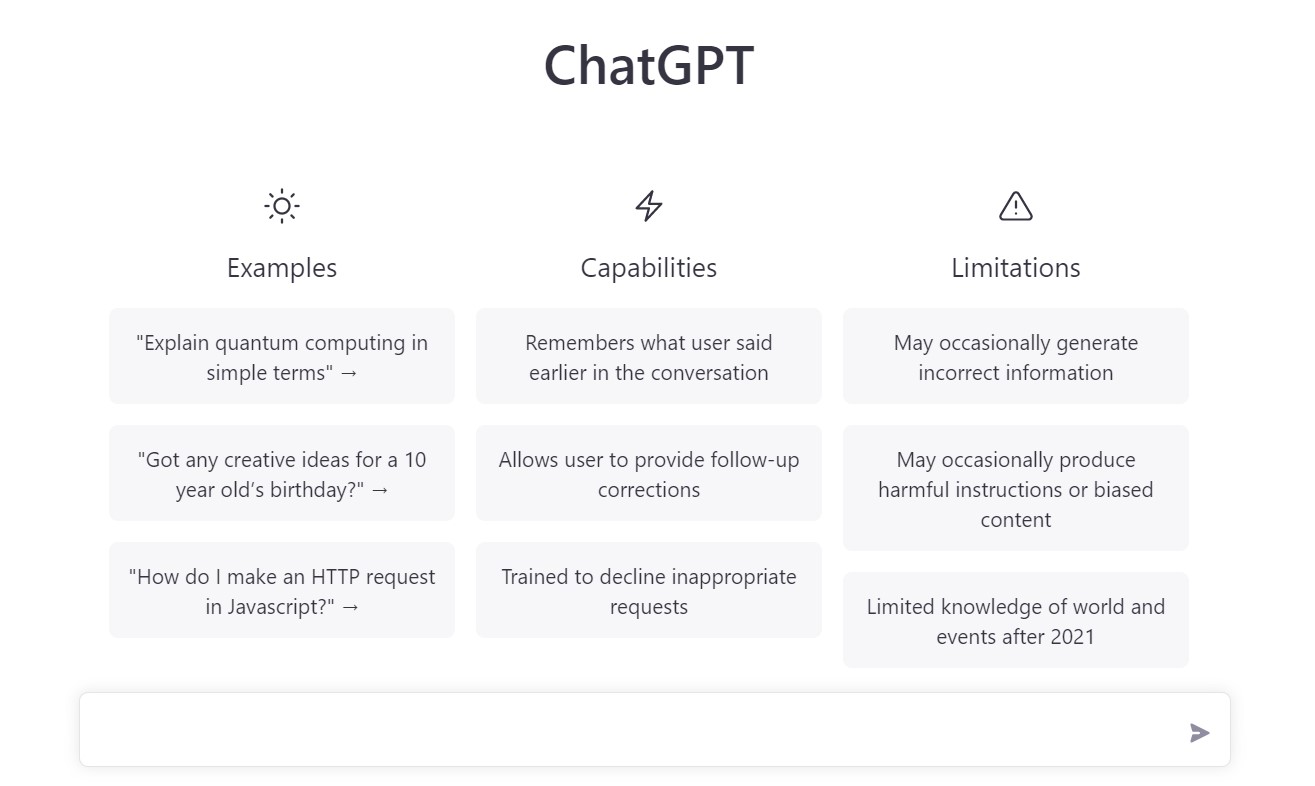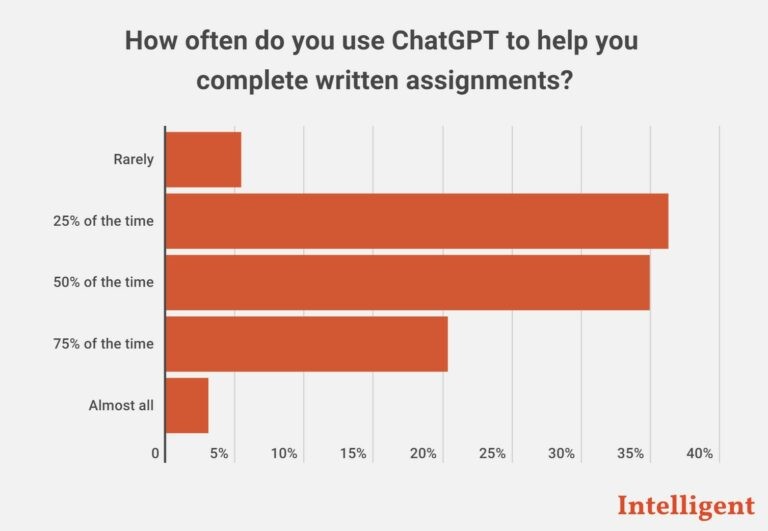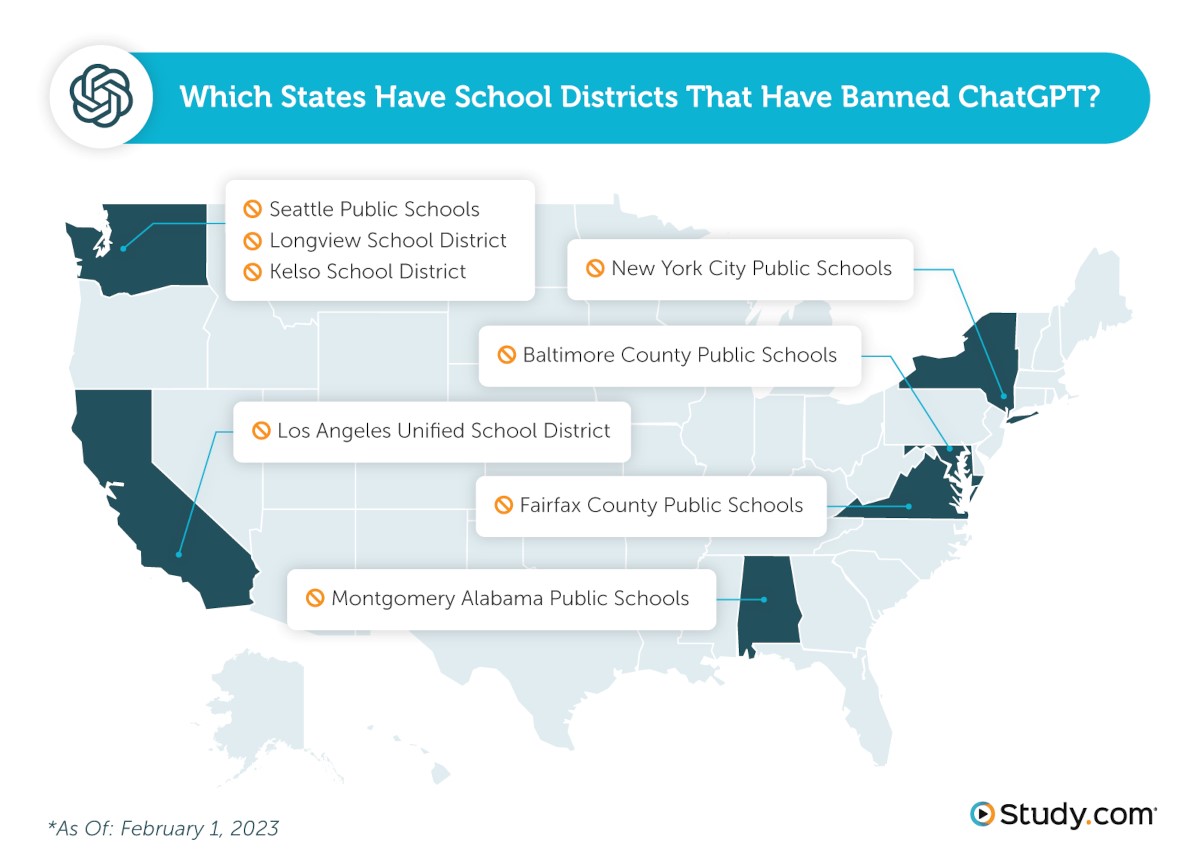
A recent survey reveals that almost 90% of students are already using ChatGPT for their assignments and homework thus creating challenges around cheating and plagiarism.
The latest version of this tool has been around just a few months and students are already seen using it to pass off their writing assignments. The signs are almost obvious as there is a certain quality of writing being submitted by students throughout a year and then out of the blue teachers receive these high-quality assignments raising the red flag. If you are an English language or Arts teacher and are offering online ESL teaching, keep reading on to learn about the best ways to handle this high-tech form of plagiarism.
What Is This ChatGPT?
ChatGPT, if we break it down, it becomes 'chat' and 'GPT' where 'GPT' stands for 'generative pre-trained transformer'. It is a new artificial intelligence tool that came out in November 2022 from the OpenAI House labs.

As an AI language model, ChatGPT is designed to provide intelligent, natural-sounding responses to users' queries. You can ask this tool to write an entire essay and then also ask follow-up questions. The chatbot can write essays, poems, cover letters, and advice or give you an apt response on almost any topic that you want to discuss.
However, one potential problem with AI systems like ChatGPT is the possibility of cheating or deception, where the model may provide inaccurate or misleading information intentionally or unintentionally. This can be particularly problematic in situations where AI is used to make decisions that have real-world consequences. Therefore, it is essential to take steps to prevent ChatGPT cheating.
6 Steps To Prevent ChatGPT Cheating
Even though this AI tool is prohibited in most schools and colleges, students still end up using it.
Here are a few ways to recognize this and put a stop to it:
When you are trying to avoid ChatGPT cheating then you must make it clear what exactly constitutes cheating. Your students should clearly know whether or not AI tools are involved.
You should set ground rules for academic dishonesty and must determine how much or how little a student can rely on these AI tools to be able to make changes. Once your expectation is clear to tor students they will be able to produce intellectually rigorous work.
If you feel suspicious that a student might have passed off ChatGPT’s work as their own, it is essential to sit them down and have a one-to-one conversation. Talk to them about AI in general and then bring up the tool in particular.

Discuss the potential pitfalls and promises of Artificial Intelligence. Maintain strict discipline and this point and foster curiosity so that students feel intimidated to redo the assignments in their own words.
One way to refrain your students from using ChatGPT or any other AI tools is by asking them to credit their source of information. Since they cannot link the source back to the ChatGPT response, they will have to share the prompt they used to generate information in the citation.
When you set rules like this, your students will have to work on their own as they will have to dig up the actual sources for information to be able to cite them in their assignments.
When nothing else works then stop beating around the bush and ask your students directly if you have a suspect. Most often your students will say no but try to understand in detail what challenges they faced while doing the assignment that they had to resort to a tool.
They might have a roadblock like a time crunch, inadequate knowledge on the subject, lack of research skills, etc that pushed them that far. If they are still adamant about not accepting their mistakes, explain your concerns by stating the differences between their previous submissions and the work they recently submitted.
With the rise of such AI writing tools, several AI detection tools allow you to figure out if the work is done by a human or chatbot. However, most of these detectors do not publish their accuracy rates, and the ones that too are ineffective most of the time.

Thus, you can't solely rely on them as proof of academic dishonesty but focus on the student’s track record to determine the real cause.
Students who take advantage of these AI tools to cheat must realize what they are missing out on when they take a shortcut. You as educators should be able to persuade them that writing on their own will help them reason and think, develop their critical thinking skills, and also enhance their research skills.
However, there might be students who need a little more incentive than this. Thus tell them that learning to write o their own will make them more persuasive and convincing.
Instil A Sense Of Honesty In Your Students
While you cannot avoid the influx of these technologies making their way into the classrooms, you can strengthen your communication and connection with your students to keep them at bay from such developments. You can facilitate discussions about academic integrity and offer a secure learning environment where they are free from stress and pressure so that they are not prone to teaching. But when it comes to online ESL teaching, things might be a little different, but practicing these steps will help you reduce the cheating frequency if not eliminate it on a whole overnight.